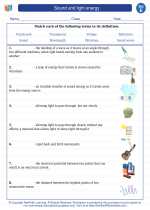Properties of Aluminum
- Atomic Number: 13
- Symbol: Al
- Atomic Mass: 26.98
- Physical State at Room Temperature: Solid
- Color: Silvery-gray
- Conductivity: Good conductor of electricity
- Malleability: Able to be hammered or pressed into thin sheets
- Ductility: Capable of being drawn into thin wires
- Corrosion Resistance: Forms a protective oxide layer when exposed to air, which prevents further corrosion
Uses of Aluminum
Aluminum has a wide range of practical applications due to its unique properties:
- Construction: Used in the construction of buildings, bridges, and infrastructure due to its lightweight and corrosion resistance
- Transportation: Commonly used in the aerospace industry, automotive parts, and bicycle frames due to its strength-to-weight ratio
- Packaging: Widely used in the packaging industry for cans, foil, and other containers
- Electrical Transmission: Used in power lines and electrical wiring due to its conductivity
- Consumer Goods: Used in household items such as cookware, furniture, and electronic devices
Extraction and Production
Aluminum is extracted from the mineral bauxite through a process called the Bayer process, which involves crushing the bauxite and treating it with sodium hydroxide to dissolve the aluminum oxide. The resulting solution is then cooled and filtered to obtain aluminum hydroxide, which is further processed to produce aluminum metal through electrolysis.
Environmental Impact
While aluminum is highly recyclable, the extraction and production of aluminum can have environmental impacts, including habitat destruction and energy consumption. However, the recycling of aluminum can significantly reduce these impacts and save energy compared to producing aluminum from raw materials.
Fun Fact
Aluminum was once considered a precious metal and was more valuable than gold or silver. In 1884, the Washington Monument was capped with a 100-ounce aluminum pyramid to demonstrate its value.
.◂Science Worksheets and Study Guides Fifth Grade. Sound and light energy
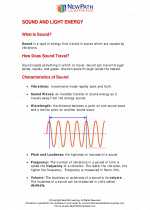
 Activity Lesson
Activity Lesson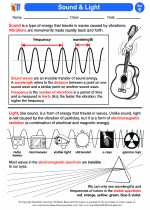
 Worksheet/Answer key
Worksheet/Answer key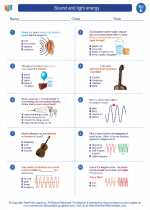
 Worksheet/Answer key
Worksheet/Answer key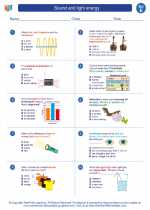
 Worksheet/Answer key
Worksheet/Answer key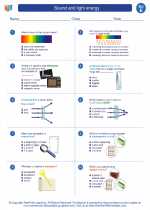
 Worksheet/Answer key
Worksheet/Answer key
 Vocabulary/Answer key
Vocabulary/Answer key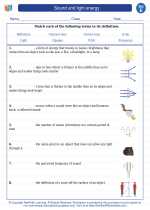
 Vocabulary/Answer key
Vocabulary/Answer key